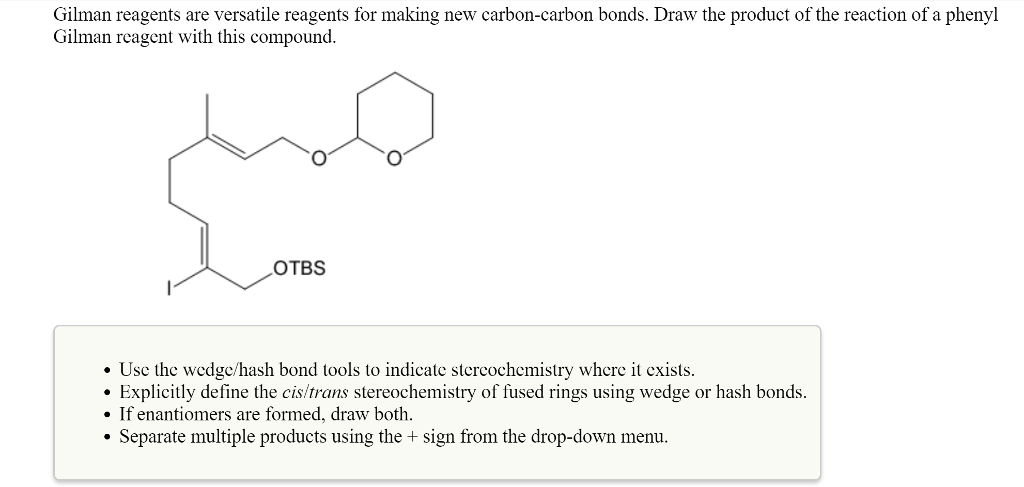


If your account doesn’t have enough cash to cover the fee, we’ll take the remaining amount by Direct Debit or from your Debit Card.
Bond drawdown full#
The customer administration fee is due in April and will be collected in full each May.Learn more about the 7 Behavioral Biases Mutual Fund Investors Must Avoid.For our Share Dealing Account and Stocks and Shares ISA: For example, if a mutual fund in your portfolio dropped in value by two-thirds during the Subprime Meltdown in 2008, has it recouped those losses yet? And will you have time to let it grow back again if the market were to experience a similar correction this year? This effect can often be seen in the maximum drawdown, which is the largest price drop that an investment has experienced since its inception. This double whammy can serve as a warning for older investors who carry aggressive holdings in their portfolios.Īlthough they should still probably have at least some exposure to equities in their holdings, they need to understand the real impact that a severe market downturn can have on their lifestyle. Furthermore, they will not even be able to claim this as a taxable loss if it happens inside a tax-deferred retirement plan. One of the more damaging effects that drawdown risk can have is that those who are hit with a hard loss will often be forced to sell their depressed holding at a substantial discount if they need to reallocate this month into something safer.

That is more appropriate for those in their 20s or 30s who are decades away from retirement. Obviously, a 68% drawdown that lasts for 20 years is not a smart risk for most people to take in their retirement portfolios when they get to be in their 50s or above. The highest-volatility group, Group 9, incurred losses of as much as 68% during the 1983–2003 period, whereas the lowest-volatility group, Group 1, had a maximum drawdown of just 15%. This risk measurement attempts to answer the real question, “Just how long will it take me to get back to where I was if the bottom falls out?”ĭrawdown represents the maximum loss taken from a peak in portfolio value to a subsequent low before a new peak in value is achieved.

While other technical indicators, such as standard deviation, beta, alpha and r-squared serve as analytical tools that can be used to mathematically quantify and categorize certain characteristics of an investment, drawdown risk is a much more “real” measure of the potential impact that a substantial loss may have on your portfolio-and your life. If that happens, will you be able to maintain your projected lifestyle in retirement without having to work for a while longer? If you are going to retire next year and 25 percent of your savings are held in an aggressive growth fund that has done very well over the past several years, then that fund may well be due for a substantial retracement. For example, a fund that can lose over half of its value in a short time and take years to recoup this is probably not very well managed.īut this kind of loss can be devastating for someone who is about to retire, and so this type of risk needs to be carefully assessed in order to gauge its potential impact in an investment portfolio. But some funds are able to recoup their losses much more quickly than others, and this can be a key indicator of how well the fund is managed. In most cases, the drawdown risk increases with a fund’s general risk and volatility. Drawdown risk becomes more and more relevant to investors as they approach retirement age.


 0 kommentar(er)
0 kommentar(er)
